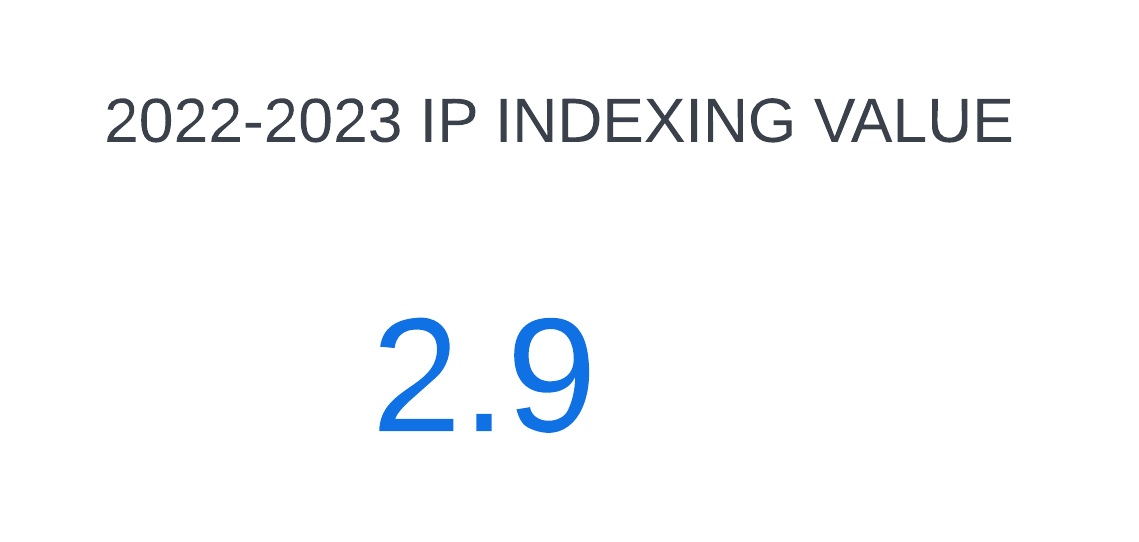IoT Sensor Based Cross-Basin Natural Ecological Environment QualityMonitoring and Modeling Simulation with Artificial Intelligence RemoteSensing and GIS
DOI:
https://doi.org/10.69996/jsihs.2024014Keywords:
Hidden Markov Model (HMM), Internet of Things (IoT), Artificial Intelligence, Remote Sensing, Clustering, ClassificationAbstract
This study presents an integrated approach for monitoring and modelling the quality of crossbasin natural ecological environments using advanced techniques such as Markov Random Field Clustering Classification (MRF-CC), Geographic Information Systems (GIS), Hidden Markov Models (HMM), and remote sensing. With key ecological parameters including water quality, biodiversity, habitat suitability, and land cover types across various scenarios and locations within a study area. The simulation results from MRF-CC revealed the significant impacts of different environmental scenarios and management actions, with restoration efforts showing improvements in ecological quality, while pollution mitigation and urbanization pressures led to declines. The simulation results from MRF-CC revealed the significant impacts of different environmental scenarios and management actions. For example, restoration efforts (Scenario 1) improved water quality (pH 7.5), biodiversity index (0.88), and habitat suitability (0.78) compared to the baseline values (pH 7.2, biodiversity index 0.85, habitat suitability 0.75). Conversely, pollution mitigation (Scenario 2) and urbanization pressure (Scenario 8) resulted in declines, with water quality dropping to pH 7.0 and 6.9, biodiversity indices to 0.82 and 0.81, and habitat suitability to 0.72 and 0.71, respectively. GIS estimation provided spatial insights into ecological parameters, revealing variability across different locations. For instance, Point A (forest) exhibited a water quality index of 0.78, while Point D (urban) showed a lower index of 0.54. The integration of HMM offered probabilistic predictions of land cover dynamics, with probabilities ranging from 0.85 for forest at Point A to 0.45 for urban land cover at Point D.
References
[1]L. Jia, N.Yen and Y.Pei, “Spatial and Temporal Water Quality Data Prediction of Transboundary Watershed Using Multiview Neural Network Coupling,”IEEE Transactions on Geoscience and Remote Sensing,vol.61, pp.1-16, 2023.
[2]H. Dengand R.Ranchunzhen, “Study on the evaluation of GIS technology on surface water resources in the security intelligence perspective,” PREPRINT (Version 1) available at Research Square, 2023.
[3]Z. Zhang, Y.Liu, Y. Li, X.Wang, H.Liet al., “Lake ecosystem health assessment using a novel hybrid decision-making framework in the Nam Co, Qinghai-Tibet Plateau,”Science of the Total Environment,vol.808, pp.152087, 2022.
[4]K. Zhu, Y.Cheng, W.Zang, Q.Zhou, Y.El Archiet al., “Multiscenario simulation of land-use change in Hubei Province, China based on the Markov-FLUS Model,”Land,vol.12, no.4, pp.744, 2023.
[5]H. Du, L. Zhao, P.Zhang, J.Li and S.Yu, “Ecological compensation in the Beijing-Tianjin-Hebeiregion based on ecosystem services flow,” Journal of Environmental Management,vol.331, pp.117230, 2023
[6]F. Li, P.Zhang, X.Huang, H. Li, X.Duet al., “Evaluation of Water Network Construction Effect Based on Game-Weighting Matter-Element Cloud Model,”Water,vol.15, no.14, pp.2507, 2023.
[7]J. Mai and G.Liu, “Modeling and predicting the effects of climate change on cotton-suitable habitats in the Central Asian arid zone,”Industrial Crops and Products,vol.191, pp.115838, 2023.
[8]T.C. Boerman, “Comparing machine learning models and physics-based models in groundwater science” Doctoral dissertation, 2022.
[9]M. Sedighkia, B.Datta, P.Saeedipour and A.Abdoli, “Predicting Water Quality Distribution of Lakes through Linking Remote Sensing–Based Monitoring and Machine Learning Simulation,”Remote Sensing,vol.15, no.13, pp.3302, 2023.
[10]Q. Cheng and C.N. Dang, “Using GIS remote sensing image data for wetland monitoring and environmental simulation,”Computational Intelligence and Neuroscience,vol.2022, 2022.
[11]V. Gholami, M.P. Khaleghi, S.Pirasteh and M.J.Booij, “Comparison of self-organizing map, artificial neural network, and co-active neuro-fuzzy inference system methods in simulating groundwater quality: geospatial artificial intelligence,”Water Resources Management,vol.36, no.2, pp.451-469, 2022.
[12]L. Yang, J. Driscol, S.Sarigai, Q.Wu, C.D.Lippittet al.,“Towards synoptic water monitoring systems: a review of AI methods for automating water body detection and water quality monitoring using remote sensing,”Sensors,vol.22, no.6, pp.2416, 2022.
[13]S. Mansour, E. Ghoneim, A. El-Kersh, S.Said and S.Abdelnaby, “Spatiotemporal monitoring of urban sprawl in a coastal city using GIS-based Markov chain and artificial neural network (ANN),”Remote Sensing,vol.15, no.3, pp.601, 2023.
[14]M. Shaikh and F.Birajdar, “Advancements in Remote Sensing and GIS for Sustainable Groundwater Monitoring: Applications, Challenges, and Future Directions,”International Journal of Research in Engineering, Science and Management,vol.7, no.3, pp.16-24, 2024.
[15]Q. B. Pham, S. A. Ali, F. Parvin, V. Van On, L. M. Sideket al., “Multi-spectral remote sensing and GIS-based analysis for decadal land use land cover changes and future prediction using random forest tree and artificial neural network,”Advances in space research,vol. 74, no.1, pp.17-47, 2024.
[16]C. E. Dumdumaya and J.S.Cabrera, “Determination of future land use changes using remote sensing imagery and artificial neural network algorithm: A case study of Davao City, Philippines,”Artificial Intelligence in Geosciences,vol.4, pp.111-118, 2023.
[17]G. Meraj, S.Kanga, A.Ambadkar, P. Kumar, S.K.Singhet al.,“Assessing the yield of wheat using satellite remote sensing-based machine learning algorithms and simulationmodeling,”Remote Sensing,vol.14, no.13, pp.3005, 2022.
[18]E. Bwambale, Z.Naangmenyele, P.Iradukunda, K.M. Agboka, E.A. Houessou-Dossouet al., “Towards precision irrigation management: A review of GIS, remote sensing and emerging technologies,”Cogent Engineering,vol.9, no.1, pp.2100573, 2022.
[19]Z. Liu, J.Xu, M.Liu, Z. Yin, X.Liuet al., “Remote sensing and geostatistics in urban water-resource monitoring: A review,”Marine and Freshwater Research, 2023.
[20]Z. Zhang, G.Hörmann, J.Huang and N.Fohrer, “A random forest-based CA-Markov Model to Examine the Dynamics of Land Use/Cover Change Aided with remote sensing and GIS,”Remote Sensing,vol.15, no.8, pp.2128, 2023.
Downloads
Published
Issue
Section
License
Copyright (c) 2024 Journal of Sensors, IoT & Health Sciences (JSIHS,ISSN: 2584-2560)

This work is licensed under a Creative Commons Attribution-NonCommercial 4.0 International License.
Fringe Global Scientific Press publishes all the papers under a Creative Commons Attribution-Non-Commercial 4.0 International (CC BY-NC 4.0) (https://creativecommons.org/licenses/by-nc/4.0/) license. Authors have the liberty to replicate and distribute their work. Authors have the ability to use either the whole or a portion of their piece in compilations or other publications that include their own work. Please see the licensing terms for more information on reusing the work.


